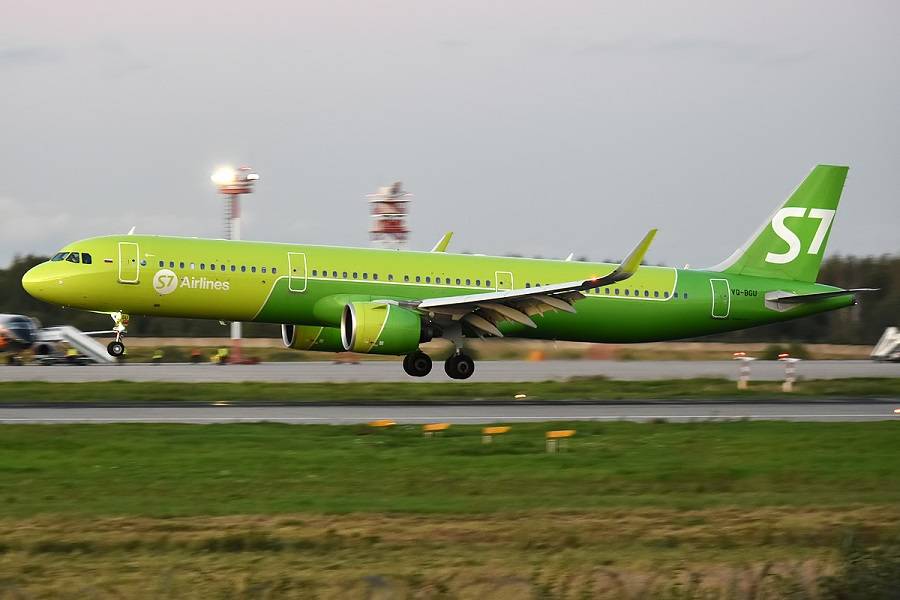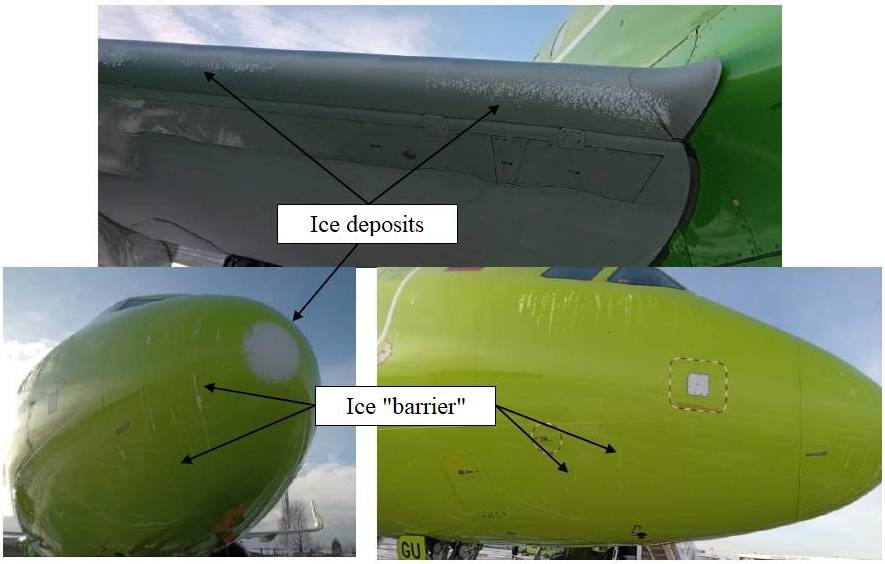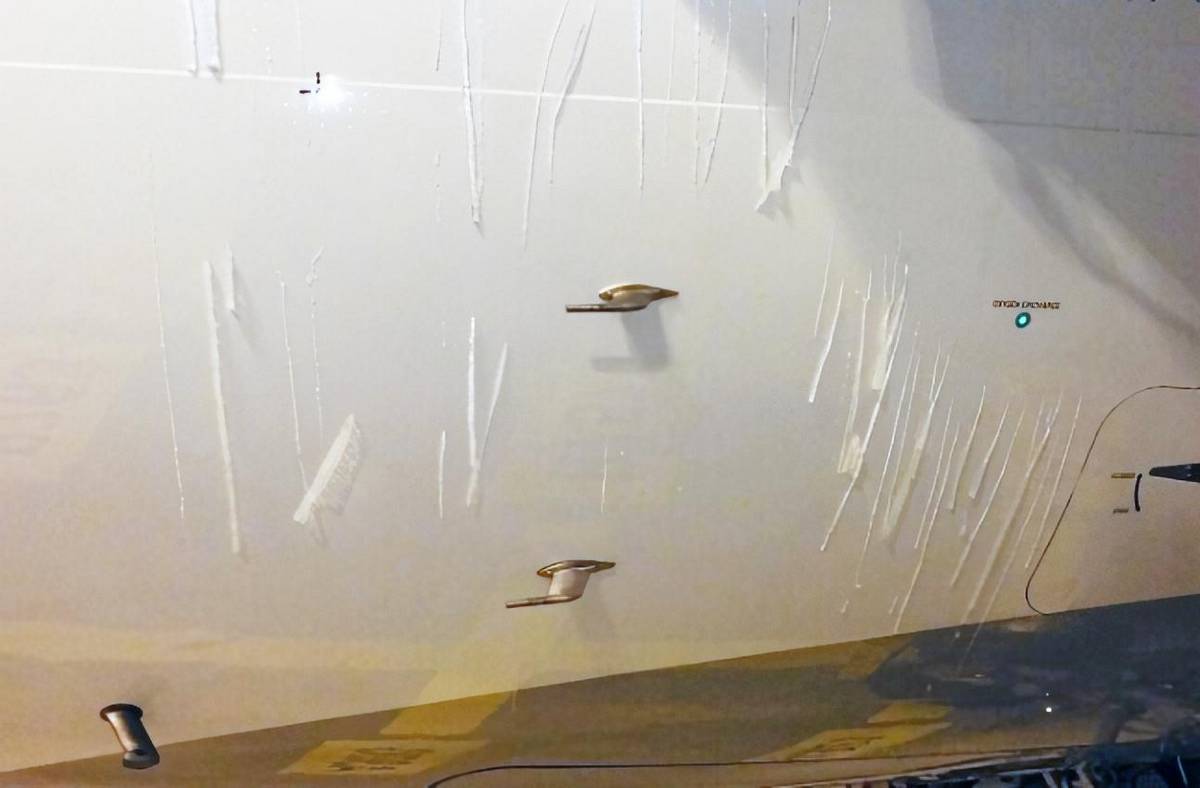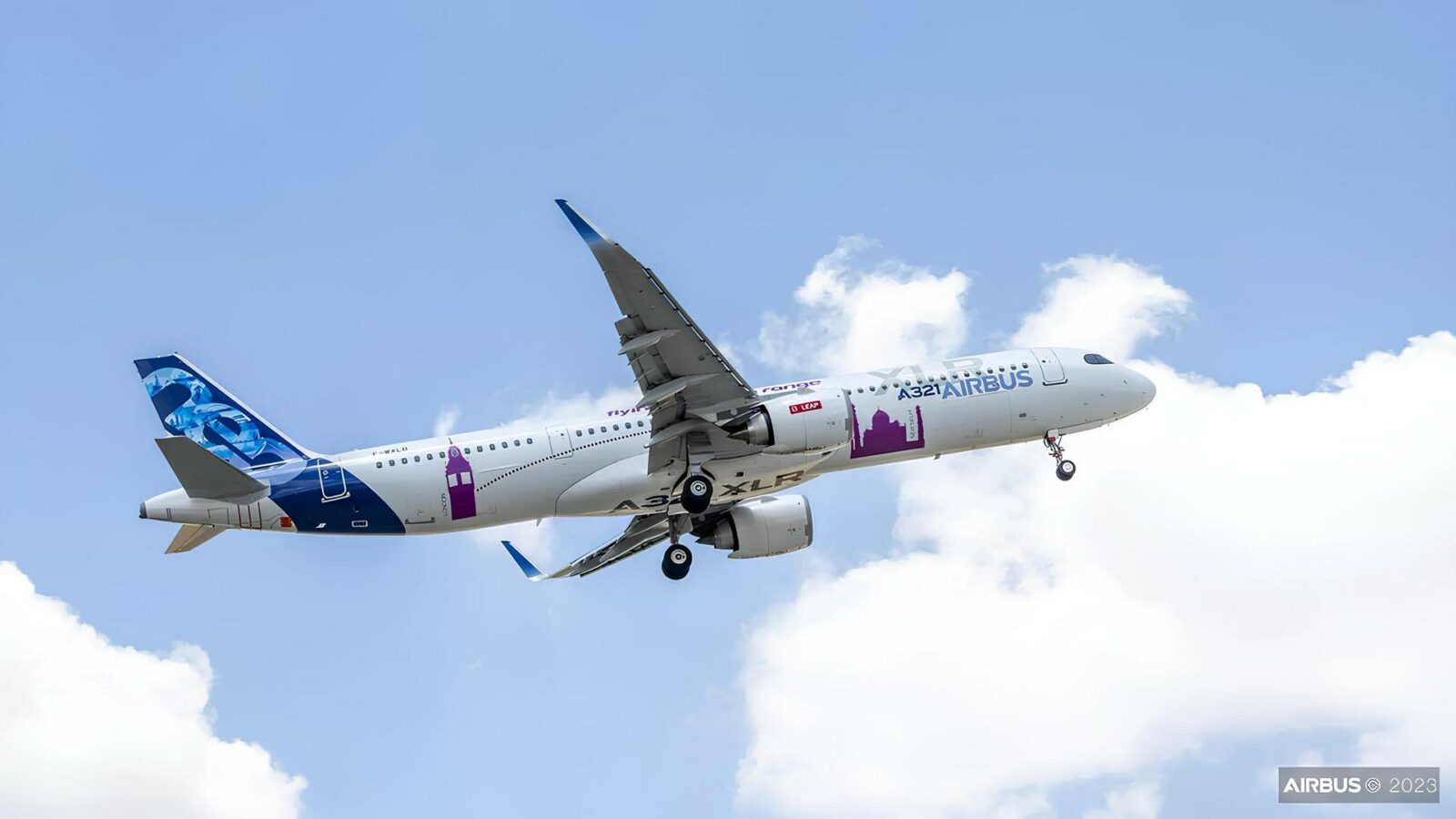There is now more information about the roller-coaster ride of an S7 A321neo, showing that icing on its air data sensors caused it to stall.
We have already looked at this extraordinary incident. Thankfully, it ended without any injuries to the flight’s passengers and crew. But as we saw, this Airbus banked and pitched substantially. At one point it banked over 90 degrees to the right, during what now appears to have been a full stall. New information on the incident is coming from Rosaviatsia, the Russian aviation safety authority.

The Airbus A321 has a number of air data sensors near its nose, that need to be clear of icing. Among them, the pitot tubes need a smooth flow of air over the fuselage, to work properly. Siberian Airlines Flight S7-5220 originated at Magadan Sokol (UHMM) in Siberia, Russia. Ambient temperature was –9°C (15.8°F), the dew point was -12°C (10.4°F).
How Icing Affected The Air Data Sensors
Ground crews at Magadan airport deiced the Airbus before the flight. But they only deiced the wings and tail surfaces. However, a lot of snow and ice had accumulated on the fuselage of the aircraft. Worse still, icing got worse when window heat melted ice from the windscreen, depositing it nearer to air data sensors.

This happened over time, as the plane taxied for takeoff. More melting water led to more ice, further down the fuselage. Then when the plane took off, icing in front of the sensors caused all three air data systems to fail. As a result, the Airbus’ flight control systems went to what Rosaviatsia termed “minimum operation mode”. (An Airbus document linked near the end of the article explains these failures in detail).
All this would have been bad enough on its own. But then when the crew decided to return for landing, they hit severe turbulence. In total, the crew made two attempts to land. But the mix of severe weather and icing problems made conditions more dangerous. The aircraft stalled, reaching the extreme attitudes we saw in the previous article: rolls between 49.8 and 091.1 degrees and pitch angles between 43.8 and -23.9 degrees.

Aftermath
It appears that the flight crew decided not to fight two different problems (icing and turbulence) at once, and diverted. With icing still affecting the air data sensors, they flew the plane manually for the remainder of their four-and-a-half-hour flight. The crippled Airbus A321neo touched down in Irkutsk (UIII) without further incident.

After landing, the crew found streams of icing, that formed a barrier across the air data sensors, on both sides. There was more ice on the wing leading edges and the nosecone of the aircraft. According to reports, Rosaviatsia is already forwarding information relating to the incident to other aviation authorities worldwide.
Rosaviatsia is continuing its investigation, after pointing out the need for air and ground crews to remain vigilant about the possible dangers of winter operations. As of this writing, the Airbus A321neo, tail number VQ-BGU, is still on the ground in Irkutsk.
A very informative Airbus document, describing the issue and its consequences, can be found HERE.



